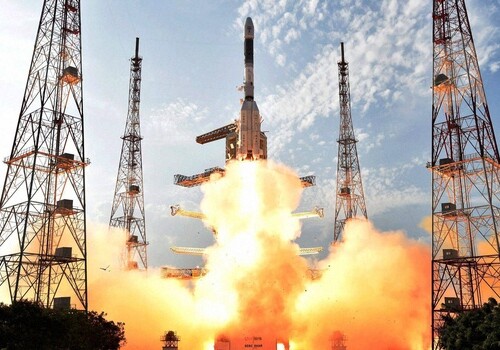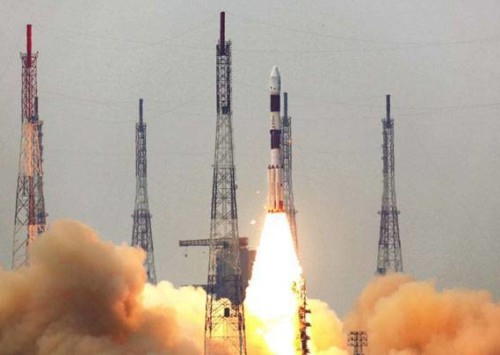ISRO to test kerosene as a flight fuel by 2021

The space organisation intends to flight-test the semi-cryogenic engine using the eco-friendly fuel by 2021
Following the recent successful launch of the Geosynchronous Satellite Launch Vehicle Mark III (GSLV Mk-III), the Indian Space Research Organisation (ISRO) is now directing its efforts towards developing a semi-cryogenic technology that will utilise refined kerosene as the fuel.
In an effort to dig up an environment friendly substitute to the current fuel used for flights, the Liquid Propulsion Systems Centre (LPSC), a research and development centre functioning under ISRO, is centralising its aim on developing semi-cryogenic technology, under which refined kerosene will be utilised as a propellant.
The space organisation intends to flight-test the semi-cryogenic engine using the eco-friendly fuel by 2021, which could prove to be a significantly cost-effective measure as kerosene is much lighter and can be stored at normal room temperatures.
The liquid fuel that is currently being used by the cryogenic engine is a combination of liquid hydrogen and liquid oxygen, which is not only heavier than refined kerosene but also needs to be stored at a freezing temperature of minus 253 degree Celsius.
The initiative was approved by the Union Cabinet in 2008 with the idea to develop the technology in 2014, however the project got delayed.
Various tests are now in progress on the engine. Of the four turbo pumps in it, three have undergone tests at the ISRO Propulsion Complex in Mahendragiri, Tamil Nadu. The organisation plans to have the engine ready by 2019-end, the stage by 2020-end and the first flight by 2021.
The advantage of using refined kerosene or Isrosene, as ISRO calls it, will help in increasing the payload capacity of the GSLV Mk-III from four tonnes to six tonnes. Space agencies in the United States of America (US) and Russia, amongst other countries, are using the semi-cryogenic engine as it gives high thrust. In fact, Falcon-9 of SpaceX (the first US commercial company whose rocket has made multiple flights to International Space Centre) has also been using the semi-cryogenic engine technology.













